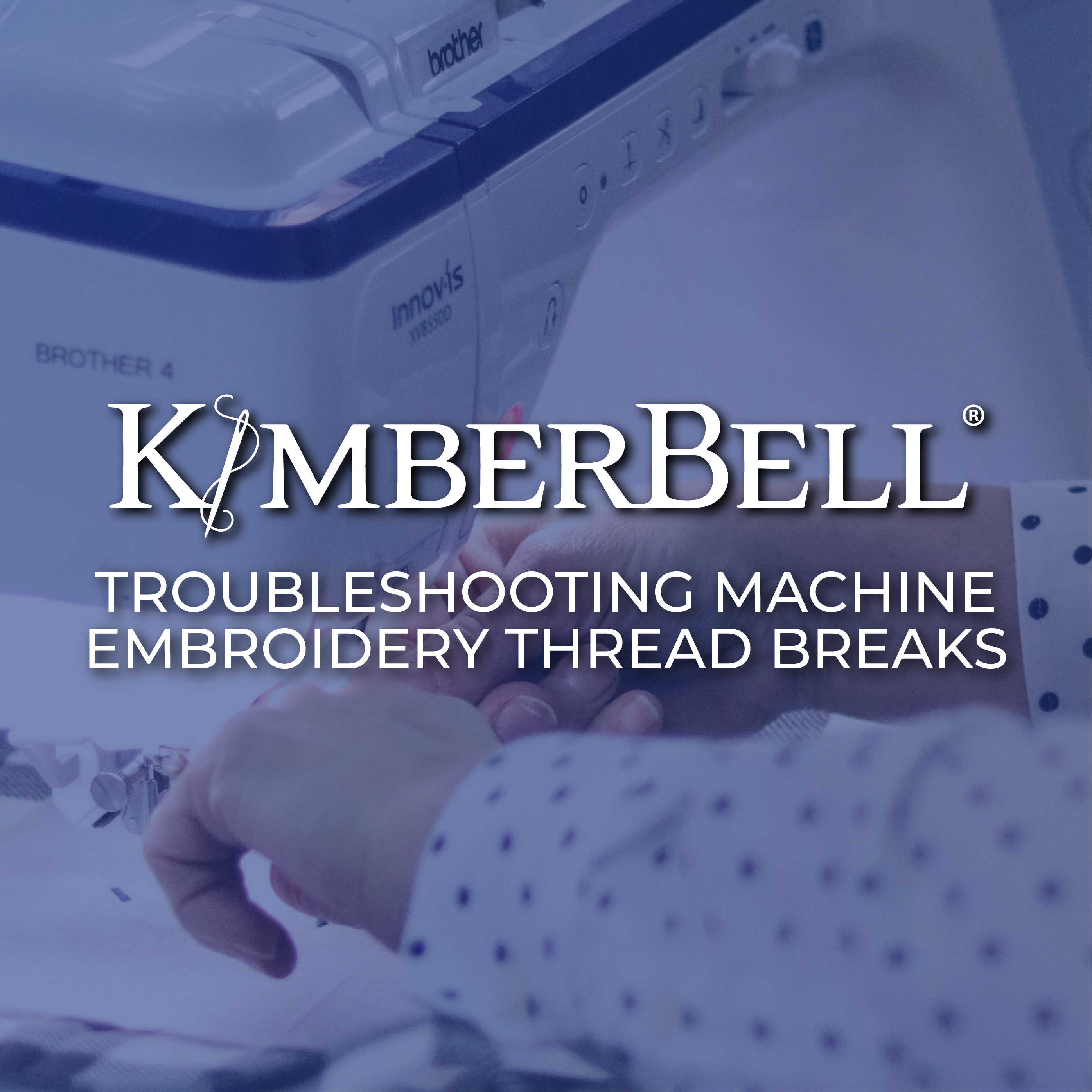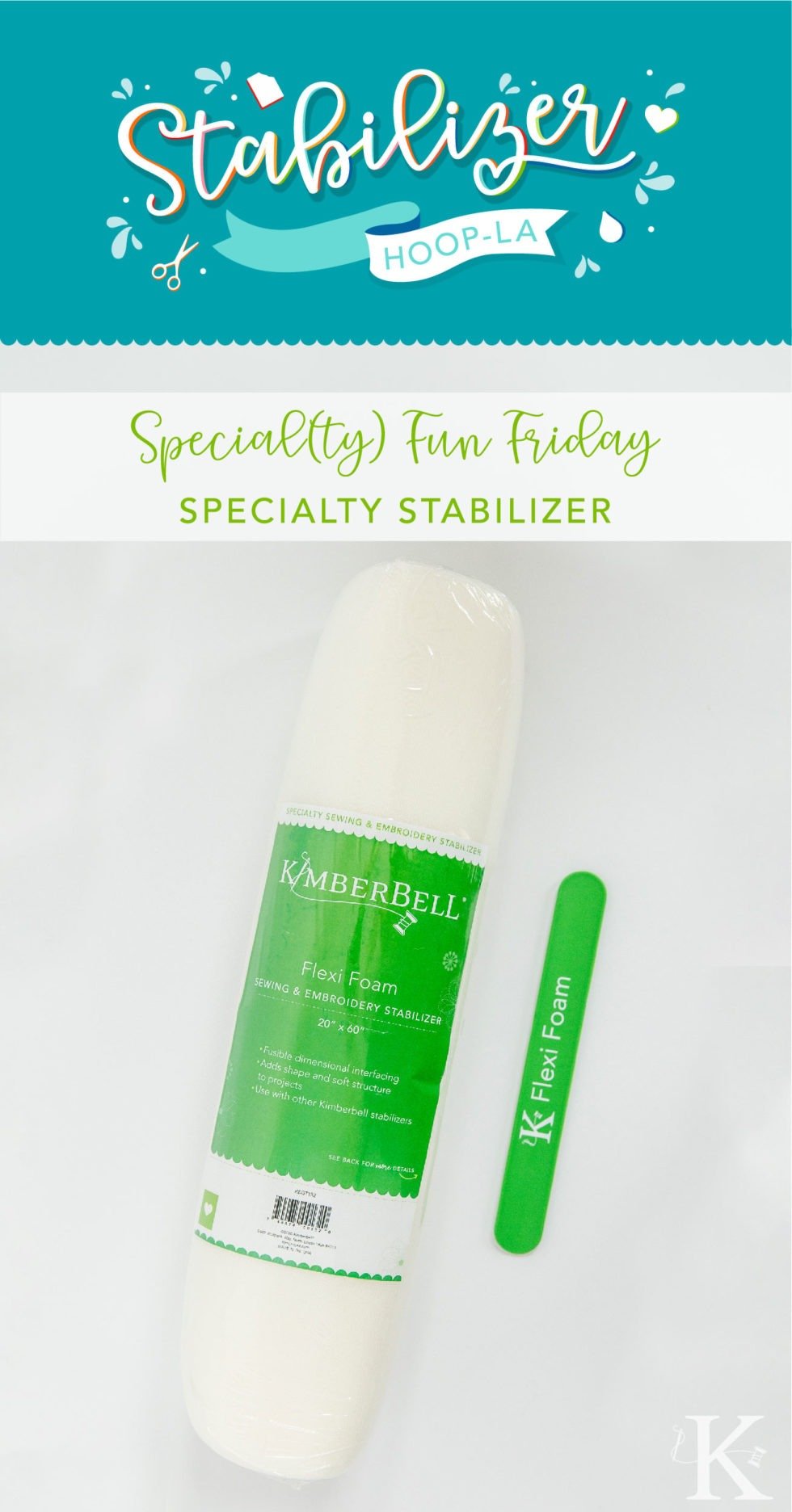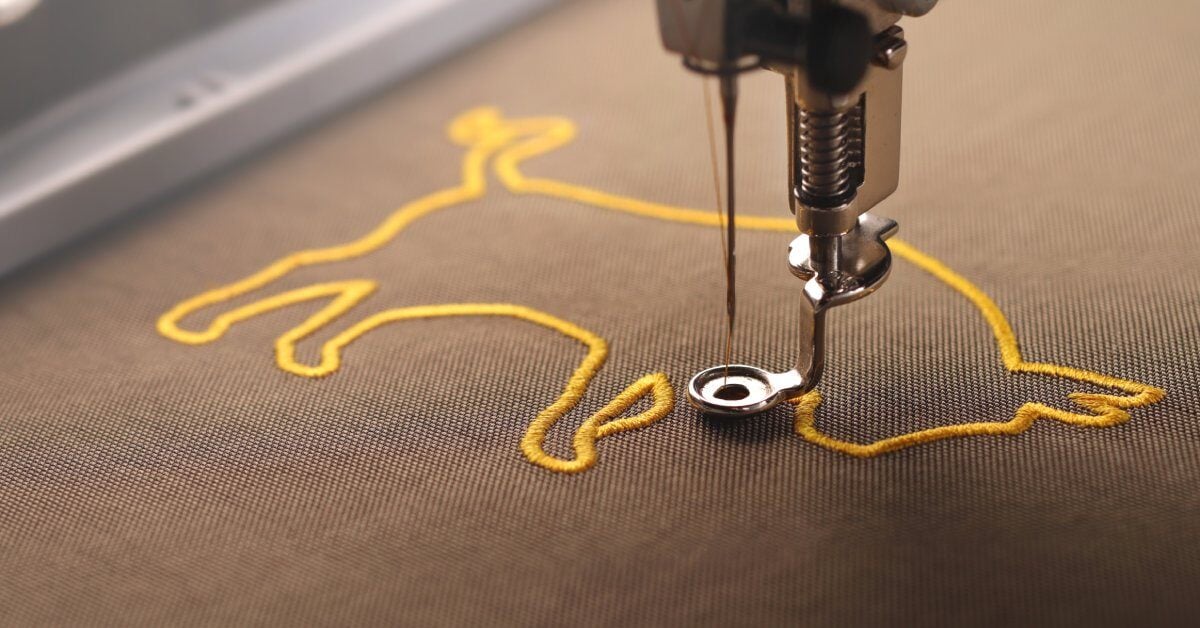Troubleshooting Thread Breaks


You know how it is. There you are, happily stitching along on your embroidery machine, when BAM! Your thread snaps and everything comes to a screeching halt.
Every machine embroiderer knows how frustrating thread breaks are! Here are some of Kimberbell's best tips for preventing and handling those little snafus so you can quickly get back to the stitching you love.
The "TNT" Method
Now, when I say "TNT," I'm not saying you should blow up your embroidery machine (even though it may be tempting for a minute if you're frustrated). 😊 In this case, TNT stands for thread, needle, and tension.

Let's take a look at each of these important components in the embroidery process and how checking each one can help thread keep moving smoothly!
![]()
Thread
When working with thread, it’s important to become very familiar with the path your thread takes from the spool to the needle. Make sure it’s all flowing!

- Check & rethread your top thread. Because of the long journey your thread takes through the machine to the needle, chances are that the thread-breaking issue lies with your top thread. At Kimberbell, we always check the top thread and try rethreading first (even if you’ve just threaded the machine)!
- Check your bobbin thread. Make sure the bobbin thread didn’t pull out somehow and/or get trapped underneath the bobbin. You might also check your bobbin because plastic does eventually wear out and scratch, which can cause snagging. A new bobbin might just solve the issue!
Tip: We often use a product called Sewers Aid. A few drops on the spool can help smooth the path of the thread!
Needle
It may sound WAY too simple, but also check your needle. If your needle is even slightly bent, it’s going to start shearing the thread and causing a break. If you're having thread breaks, change the needle.

Your needle also can become gummed up! At Kimberbell, we recommend changing your needle after every eight hours of stitching AT LEAST. Stock up on needles and change them often!
![]()
Tension
Tension is the tautness of your thread, which can be adjusted on both the machine and the bobbin case. If you ask a machine embroiderer what their biggest problem is, they’ll probably say tension.
But tension issues are usually only about 10% of the problem! Most things can be fixed with thread and needle.

Here's a good rule of thumb: when looking at the underside of a satin stitch, about ⅔ of the thread should be needle thread and ⅓ should be bobbin thread.
Tension can be adjusted on both the machine and the bobbin case. But messing with tension settings can be a little tricky, so if you're having problems you might want to call your shop or check your manual to see what they advise for your machine. Tread carefully when changing the tension!
A Few Loose Ends...
Here are just a few more tried-and-true tips from your friends at Kimberbell!
- Check your thread weights. Make sure the weight of your top thread is a good match for the weight of your bobbin thread. A 40 wt top thread to a 60 wt bobbin thread is generally a good combination. (Avoid using a 40 wt top thread with a 90 wt bobbin thread when stitching small lettering; otherwise, the bobbin thread will come up through your stitches.)
- Check the height of your presser foot. When your machine is forming a stitch, the top thread and bobbin thread want to meet at the perfect point. If you’ve raised your presser foot for any reason and haven’t put it back down again, the top thread and bobbin thread will meet above the thread (instead of below the fabric where you want them to meet). Make sure the presser foot is set at the appropriate height of the fabric being sewn. We recommend you set the presser foot at factory settings.
- Check your machine speed. Simply slowing the machine down can help alleviate thread breaks, whatever the cause!
I hope this post will be helpful as you troubleshoot those pesky thread breaks. Happy stitching!



